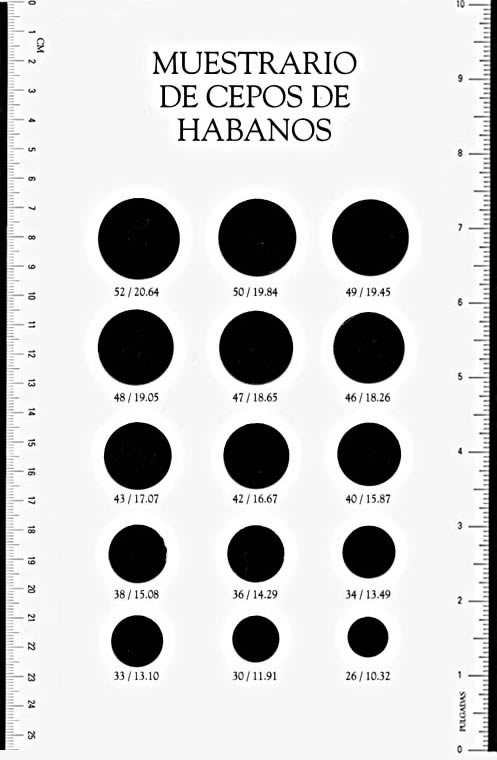The color of a cigar’s wrapper is generally the key to its flavor. The darker the wrapper, the more full-bodied and sweeter a cigar is likely to be, although the true determinant is the color of the filler.
A few important variables affect the final flavor and quality of the wrapper: their location on the planet, how they are harvested, fermented or dried. The longer a leaf stays on the plant and the more sunlight it receives, the darker it will get.
Cigar wrappers can be classified into six basic colors, although there are dozens of possible shades. The basic colors of wrappers range from Claro (pale brown) to Oscuro (black).
Double Claro(also called Claro Claro, Jade, or candela) – greenish brown. The color is achieved by picking the leaf before it reaches maturity and then drying it rapidly. Very mild, almost bland, with very little oil.
Claro- pale brown, like milky coffee. The classic mild cigar color. The color is also called ” natural “, as is Colorado Claro.
Colorado Claro- mild-brown, tawny. Colorado- reddish dark brown, aromatic. This color is associated with well-matured cigars.
Colorado Maduro- dark brown, medium strength, rather more aromatic than Maduro. Usually, gives a rich flavor.
Oscuro- more or less black. Very strong with a little bouquet. Wrappers of this color though one popular, are rarely produced today.
note: these colors are approximations
Cigar Sizes
Cigars come in many different shapes and cigar sizes. There are two measurements length and ring gauge.
Length is shown in inches. Ring gauge refers to the diameter of the cigar which is measured in 64ths of an inch. For example, a cigar which has a ring gauge of 42 will be 64 of an inch in diameter.
A cigar that has the same ring gauge at both the head and the foot is considered a traditional cigar.
Examples of traditional cigars are shown below, including the range of cigar sizes variations you can expect to find between brands.

Sincerely yours,
Marilyn Spencer
